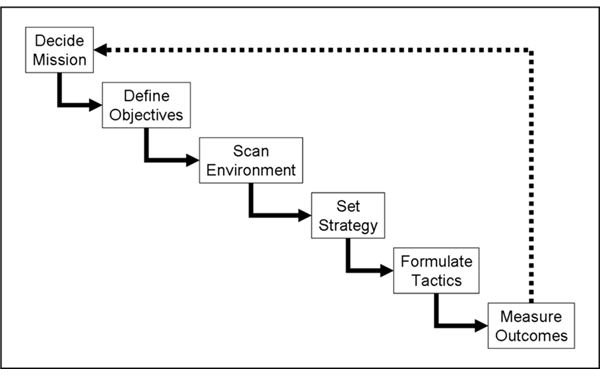Different Stages of Change Theory: Planning, Acting, and Monitoring
Introduction
Change happens. In fact, to respond to the challenges of the current global marketplace, companies facing fierce competition, diminishing profits and rising costs must constantly re-visit its operational procedures. A change model developed by James Prochaska beginning in the late 1970s now consists of six stages related to a person’s progression through change. Business leaders who effectively transition teams into a new environment help their employees through these stages, using the same techniques they use for project planning such as deciding on a mission statement, defining objectives, scanning the environment, setting a strategy formulating a plan and measuring results.
Stages of Change
Understanding the mechanics of change helps people adapt more quickly to shifting priorities and uncertainty. The first stage (Pre-contemplation) begins when a person or organization begins to think about a change but has no plans to act immediately. During the second (Contemplation) stage, they actively think about changing in the coming months. The third stage (Preparation) starts when they prepare to take action, for example in the next month. The fourth stage (Action) occurs when a person or organization takes action to modify their behavior or environment. The fifth stage (Maintenance) occurs as people adapt and operate within their new situation. Finally, the sixth stage (Termination) happens as the new behavior or environment becomes the norm and the change is complete.
Change Management Planning Stages
Changes due to organizational structural adjustments, cost-cutting measures or process improvements impact everyone in a company. Managing these changes involves organizing activities that enable employees to transition smoothly from the current working environment to a new one.
By communicating clearly, leaders establish trust. They ensure their employees understand the reasons for change as well as the need to adapt quickly. Effective leaders use meetings, email, newsletters and other communication mechanisms to share their vision. They become an advocate for the change to motivate and inspire their subordinates.
Once leaders have executive sponsorship for planned changes, they begin the planning process. After analyzing the potential problems and devising strategies for overcoming obstacles, a designated project manager typically develops a formal action plan to orchestrate the transition. The plan describes how long the transition will take, incentives for change, reasons for change and specific activities associated with transforming the organization. By planning appropriately, leaders can help employees through the different stages of change theory.
Stages of Handling Change
People cope with change best if they believe the change makes sense and will result in necessary improvements. If they are excited by the new opportunities, they can better tolerate the trials and tribulations typically associated with change, such as loss and disruption. Involving people in decisions helps them respect their leaders and adapt more quickly.
Once people realize that change benefits them, they can begin the process of accepting the change and modifying their behavior. People respond to changes and stress at different rates. By accepting differences, leaders can facilitate organizational change and work to overcome resistance during the different stages of change theory.
Summary
Everyone handles change in their personal and professional lives. Recognizing the different stages of change theory allows leaders to devise plans and activities to transition employees to new working conditions. By describing how and when changes will occur, leaders can more effectively motivate employees to adapt quickly and transform the organization, minimizing stress and disruption.
References and Image Credit
- Image Credit: Strategic Planning Cycle (https://commons.wikimedia.org/wiki/File:Strategic-Planning-Cycle.png)
- Kotter’s 8-Step Change Model - Change Management Training from MindTools.com." Mind Tools - Management Training, Leadership Training and Career Training - Right Here, Right Now.. https://www.mindtools.com/pages/article/newPPM_82.htm (accessed September 11, 2010).
- Norcross, John C., and James O. Prochaska. Systems of Psychotherapy: A Transtheoretical Analysis. 7 ed. New York: Brooks Cole, 2009.
- “performance”. “Organizational Change and Development.” Free Management Library (SM). N.p., n.d. Web. 11 Sept. 2010. https://managementhelp.org/org\_chng/org\_chng.htm.
